“The Blair Witch Project” changed the face of the genre and made a massive cultural impact by inventing folklore that felt remarkably real.
I was slightly too young to remember the cultural impact of this found-footage pioneer (I was about six), but as I became a horror fan, I obviously heard about it.
For those who don’t know, The Blair Witch Project (1999) is a movie where three students go into the woods and film a documentary about the fictional Blair Witch of Burkettsville, Maryland, once named Blair. They get a lot more than they bargained for when things start to get weird for them, like hearing things in the woods and small pranks. Finally, one of their own disappears, but parts of him are left for the others to find.
The two left end up finding a random house in the woods, and it is implied they are both murdered there.
The genius of the film is the way it was marketed as a true event that happened, and the footage was found eventually during searches as if these people had really disappeared. They didn’t; everyone was an actor, but many people believed that what they were seeing was real.
The Blair Witch became folkloresque, a term coined by Jeffrey Tolbert and Michael Foster meaning that’s it’s not a story based in folklore whatsoever, but it feels enough like folklore to be mistaken as such.
This happened when people believed the movie’s witch was based on real folklore when it was a pure creation for the movie. People even went looking for the Blair Witch after seeing the movie, believing the fiction presented as truth or, as folklorists tell it, “the story is true” — because it doesn’t matter if the story is actually true, only if it is perceived as true.
“Folklore” Presented in the Movie
Elly Kedward
Elly Kedward is the Blair Witch in the film franchise’s folklore. She was accused of witchcraft and banished from the town of Blair in 1785, dying from exposure and being tied to a tree/hung with rocks, which later comes up in the first installment with piles of rocks appearing around campsites and stick figures hanging from trees.
In the second installment, Book of Shadows: Blair Witch 2 (2000), a Wiccan character named Rachel hopes to become an apprentice to the spirit of Elly Kedward. This doesn’t happen; instead, she’s tormented by various mind games and eventually dies. It is implied heavily that this is the work of Elly Kedward, a genuine “evil” witch, a far cry from Rachel’s idea that Elly was a good witch punished for her beliefs.
Coffin Rock
Five men were bound, tortured, and murdered on this rock that serves as a small island on the river in 1886. Their insides were ripped out, and their foreheads had odd writing. The bodies were moved before help could be found to move them, and what happened to the bodies is unknown.
Years later, tourists were killed at Coffin Rock, supposedly by the group possessed by the Blair Witch in Book of Shadows: Blair Witch 2 (2000).
Rustin Parr
In 1940, Rustin Parr was a hermit who heard an old woman’s voice telling him to kill seven children, attributed to be the Blair Witch’s voice. He’d have one child stand in the corner, facing away, while he killed the other; this is mirrored in another part of the first movie, with Matt standing in the corner when Heather finds him.
Mary Brown/Other Phenomena
Mary Brown, the local crazy lady of Burkittsville, claimed to have seen the Blair Witch in the woods when she was a child — she was covered in what she called “horse hair” and wearing a wool shawl. Two men supposedly disappeared when camping, and a girl was yanked into the water by a hand that rose up out of the water. One girl was spared. Her name was Robin Weaver. She went into the woods and came back three days later, saying strange things about “an old woman whose feet never touched the ground.”
All of these seemingly random events are said to be the work of the Blair Witch.
Commercialization/Process of Folkloresque
The Blair Witch legend functions in the movie much like many other supernatural tales: getting children to behave through the threat of supernatural interference.
(We see this with legends like La Llorona or the Boogeyman… as in: “You better go to bed on time, or the Boogeyman will get you! Don’t play near rivers, or La Llorona will snatch you/drown you!)
It also promotes this idea of, “What if the folklore was real and not just a story?” Horror thrives on the possibility of a legend being true.
Burkittsville, Maryland went through what folklorists call “an invasive narrative”, which is when your town/area is known for something that isn’t chosen by them. For example, Roswell and Salem have embraced their invasive narratives of an alien crash site and the Salem Witch Trials for commercial tourism purposes. Stephenville, Texas, did no such thing when they had one of the largest mass UFO sightings. They did not accept the narrative and refused to talk about it, and that’s why people don’t remember it.
For the most part, Burkittsville (in the movie) rejected the narrative, though a few people did capitalize on it with homemade crafts.
This process of commercialization is further explored in the sequel, where one of the main characters creates a full-fledged business built on the lore of the Blair Witch (we see hats/shirts/cups/stick figures) that are sold for profit.
This happens a lot when a story becomes big enough to sell.
I love a movie franchise with an in-depth folklore web, and this is one of my favorites. Elly Kedward and her later reincarnation of the Blair Witch grew and changed with each iteration of the movies, but still held to a central point: the witch is mad, and she’ll make you pay if you come into her woods, so stay the hell out.
Anything from there could really happen as long as it falls within those bounds.
Book of Shadows: Blair Witch 2 deviated a little by having their torment mostly mental and following them out of the woods while the others stayed solidly inside the Blair Witch’s boundaries.


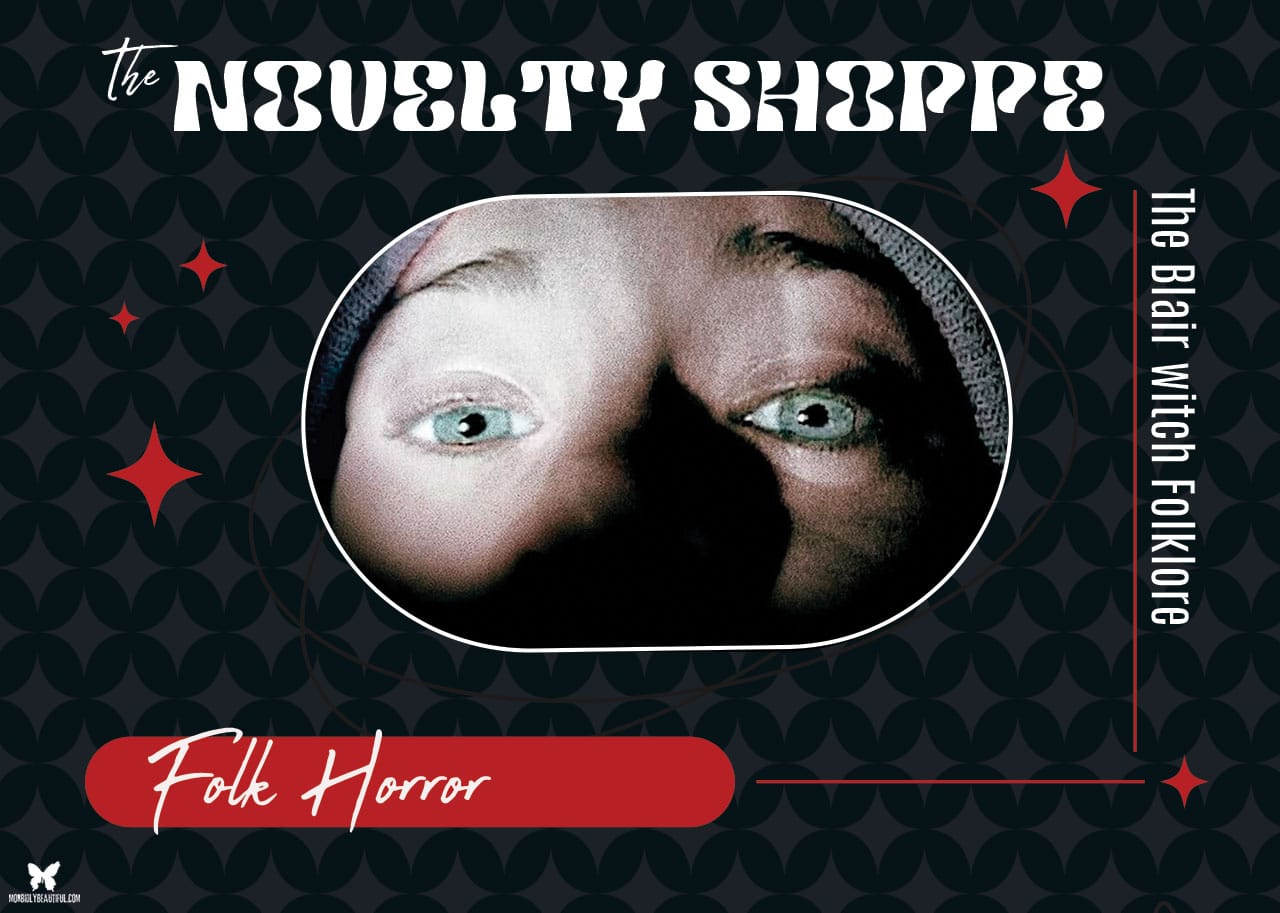
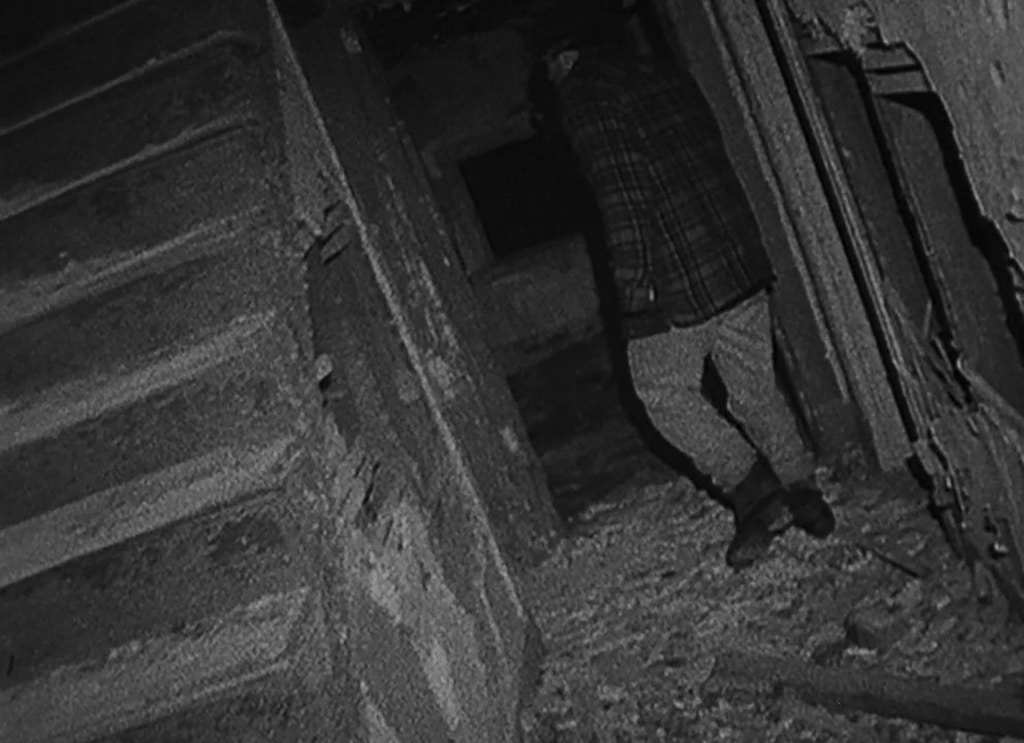
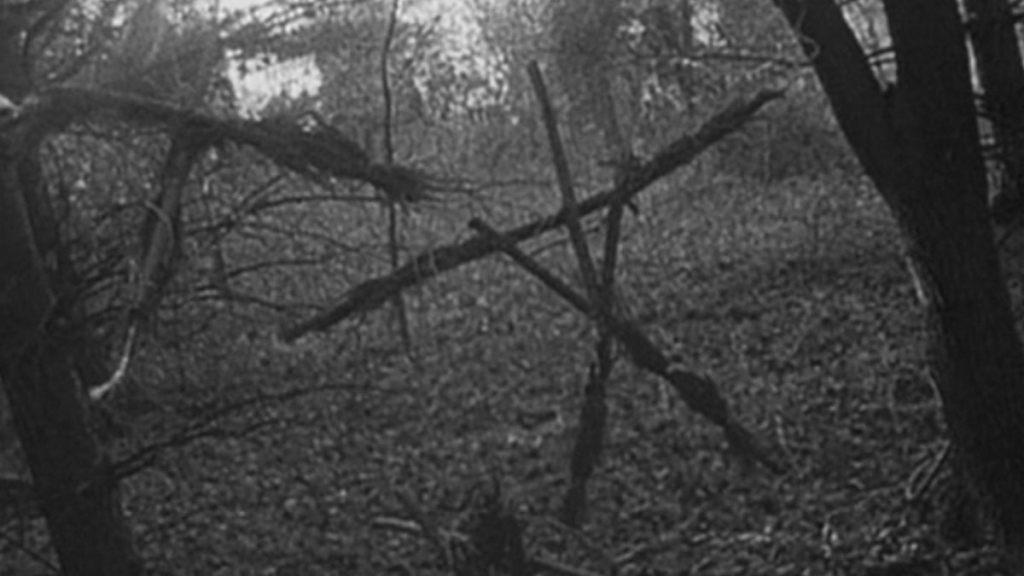
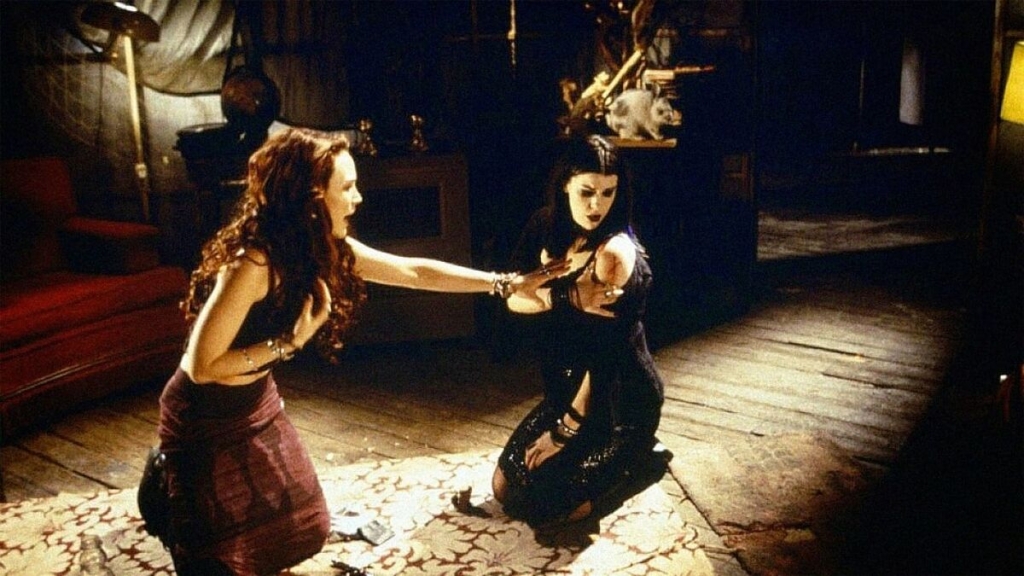
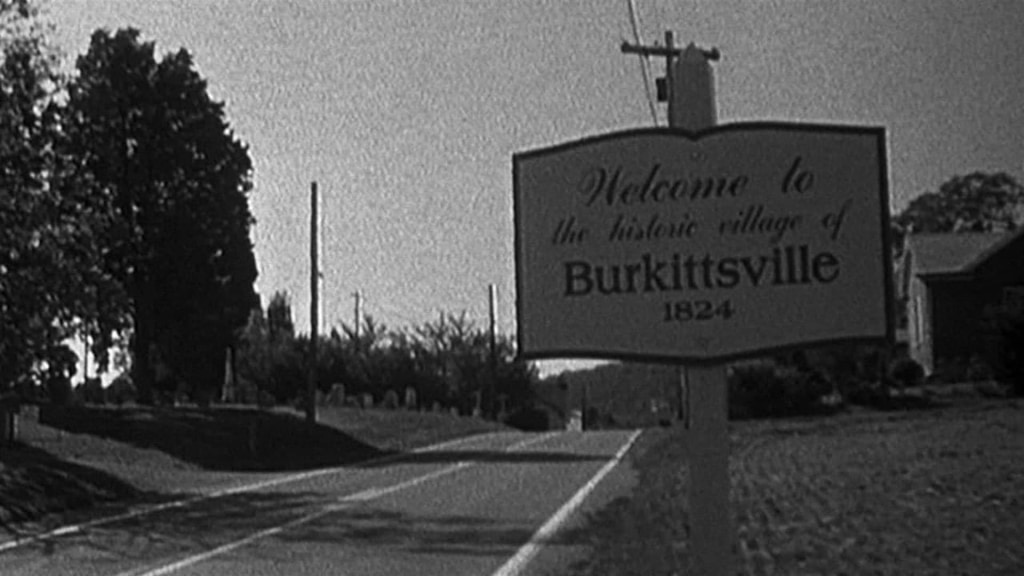
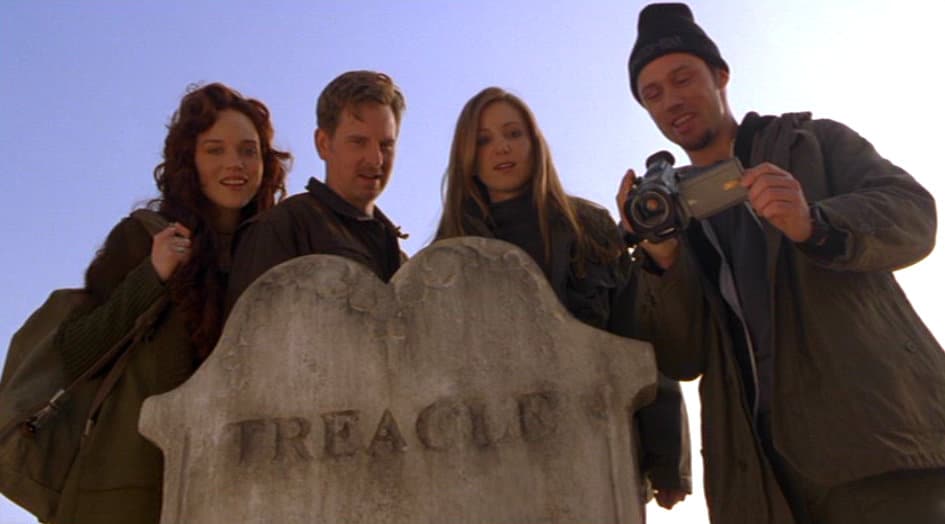


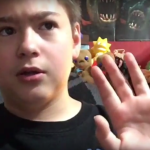
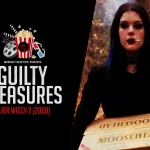







Follow Us!